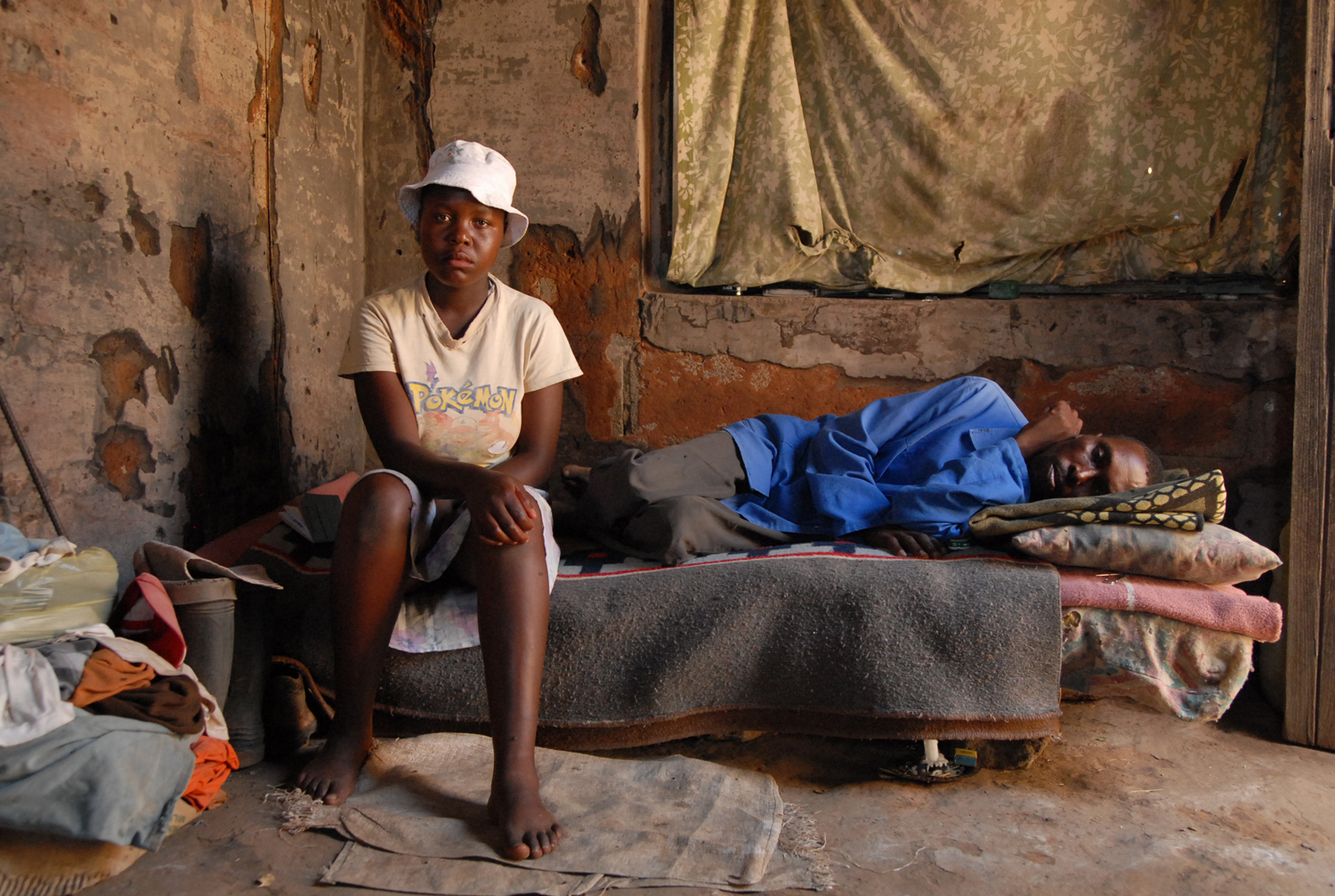The announcement by Kgalema Motlanthe, the Deputy President, on 12 August now allows for any HIV patient with a CD4 count of 350 or below, a measure of the immune system’s strength, to access ARVs with immediate effect, according to the South African National AIDS Council (SANAC) spokesman Junaid Seedat.
Until now HIV patients had to wait until their CD4 counts were below 200. The World Health Organization recommended the higher threshold in November 2009.
South African HIV activists became frustrated when a few months later, the government updated its national HIV treatment guidelines to allow only HIV-positive pregnant mothers and those co-infected with tuberculosis (TB) to access treatment at the WHO-recommended CD4 levels.
The government, which continues to fund about 80 percent of HIV public sector treatment, cited financial concerns and fears that large-scale earlier treatment would overwhelm the already overburdened health systems.
Costing studies
However, latest costing studies prove the affordability of earlier treatment for all HIV patients. While the government has not released details of these costings, previous research by Boston University assistant professor Gesine Meyer-Rath found the move would add about 13 percent to the cost of treatment in South Africa. A more recent study published in the 20 July issue of the medical journal, PLoS one , found that not only would early treatment involve only a modest increase in costs but was likely to lead to cumulative net savings in about 16 years.
South Africa runs the world’s largest ARV programme, with an estimated 1.4 million people on treatment. The country has an HIV prevalence rate of about 18 percent.
According to Seedat, government has budgeted US$700 million for treatment this year, with $840 million in the next financial year.
"Critical moment"
Médecins Sans Frontières (MSF) found that patients in Lesotho who started treatment above 200 were almost 70 percent less likely to die and about 40 percent less likely drop out of treatment than those who began taking treatment when their CD4 counts were below 200. Reduced mortality was also shown to accompany earlier ARV initiation at a 350 CD4 count versus one of 200.
“The decision to start people on HIV treatment earlier, before they become sick with diseases like tuberculosis, marks a critical moment for this country that is so hard hit by the epidemic,” said MSF medical director in South Africa, Gilles van Cutsem. “We also know that HIV treatment dramatically reduces the spread of the virus to others - by making people more than 96 percent less infectious. Early treatment is better for everyone: for the individual and for the community."
South Africa is drawing up a new national strategic plan on HIV, the first to include a focus on TB, the leading cause of natural deaths in the country. The document, which includes the revised CD4 count threshold, is looking to take advantage of biomedical developments in areas such as treatment as prevention, Seedat told IRIN/PlusNews.
Half the battle
But in a country where people continue wait until they get sick to test for HIV, Seedat cautioned that offering ARV treatment earlier is only half the battle.
“The move to a 350 [treatment initiation threshold] is great, especially for people who know their status and want to maintain their own wellness. Our big problem was not that our threshold was too low, but that people are presenting for treatment too late.”
The average CD4 count of patients starting ARVs continues to be low at about 80-100 – a statistic that has not changed in the past four years, according to research from the Wits Reproductive Health and Research Institute.
| South Africa's draft National Strategic Plan on HIV and TB is currently being reviewed until 7 September 2011. Download the draft and submit comments at: http://www.hivplan.org.za | |
About two million people have been referred to HIV care and treatment facilities, Seedat told IRIN/PlusNews. An additional 1,600 health facilities have been accredited to dispense ARVs since the campaign started and nurses continue to be trained to initiate and manage ARV patients – moves that he said the government hoped would increase early HIV testing and treatment.
However, he added that HIV testing uptake among men remained worryingly low, comprising 30 percent of those tested through the VCT campaign.
llg/kn/mw
This article was produced by IRIN News while it was part of the United Nations Office for the Coordination of Humanitarian Affairs. Please send queries on copyright or liability to the UN. For more information: https://shop.un.org/rights-permissions
